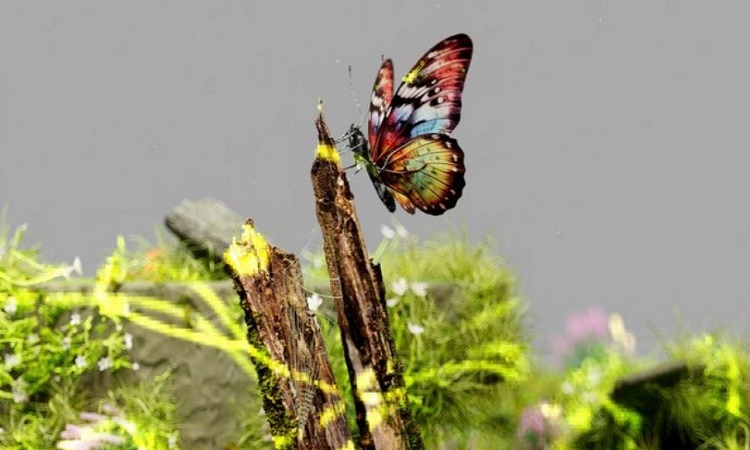
California: Nature photographers using social media to post their work are helping enhance biodiversity conservation mapping in South Asia and the concept has the potential to spread globally, according to a study.
Dr Shawan Chowdhury from the University of Queensland's School of the Environment led an international team that scoured photographs on Facebook nature photography groups in Bangladesh to submit to the Global Biodiversity Information Facility database.
The findings have been published in the journals Bioscience, One Earth, and Conservation Biology. "We found 44,000 photos of almost 1,000 animal species, including many birds and insects, 288 of which are considered threatened in Bangladesh," Dr Chowdhury said.
"This has vastly improved habitat mapping across the country where only 4.6 per cent of land is designated as protected. "We identified many more high-priority areas for conservation, spanning 4,000 square kilometres for birds and 10,000 square kilometres for butterflies. "We'd been missing out on the distribution data of hundreds of endangered species in Bangladesh so this is a big result.
"This could change the way scientists gather biodiversity information in the future, especially in regions where there is a lack of reliable and up-to-date structured monitoring to inform conservation efforts."
In Australia, social media posts are being used to track pest species.
"A South Asian butterfly, called the tawny coster, entered Australia in 2012," Dr Chowdhury said.
"We've searched for additional locality records from Facebook to analyse the movement, ecology and colonisation status of this species and shown that it expanded at about 135 kilometres per year in Australia between 2012 and 2020."
Co-author Professor Richard Fuller from UQ said while Facebook had been helpful, there are some big opportunities for social media companies.
"There is currently no automated way to collect this information, and it was a very arduous task for us to do it manually." Professor Fuller said.
"We hope our research can inspire the development of technology such as an app that transfers biodiversity data posted on Facebook directly to the global biodiversity databases. This way, conservation scientists can easily access that data and use it." (ANI)







